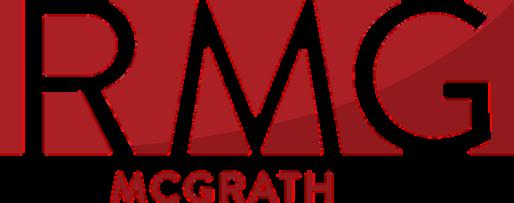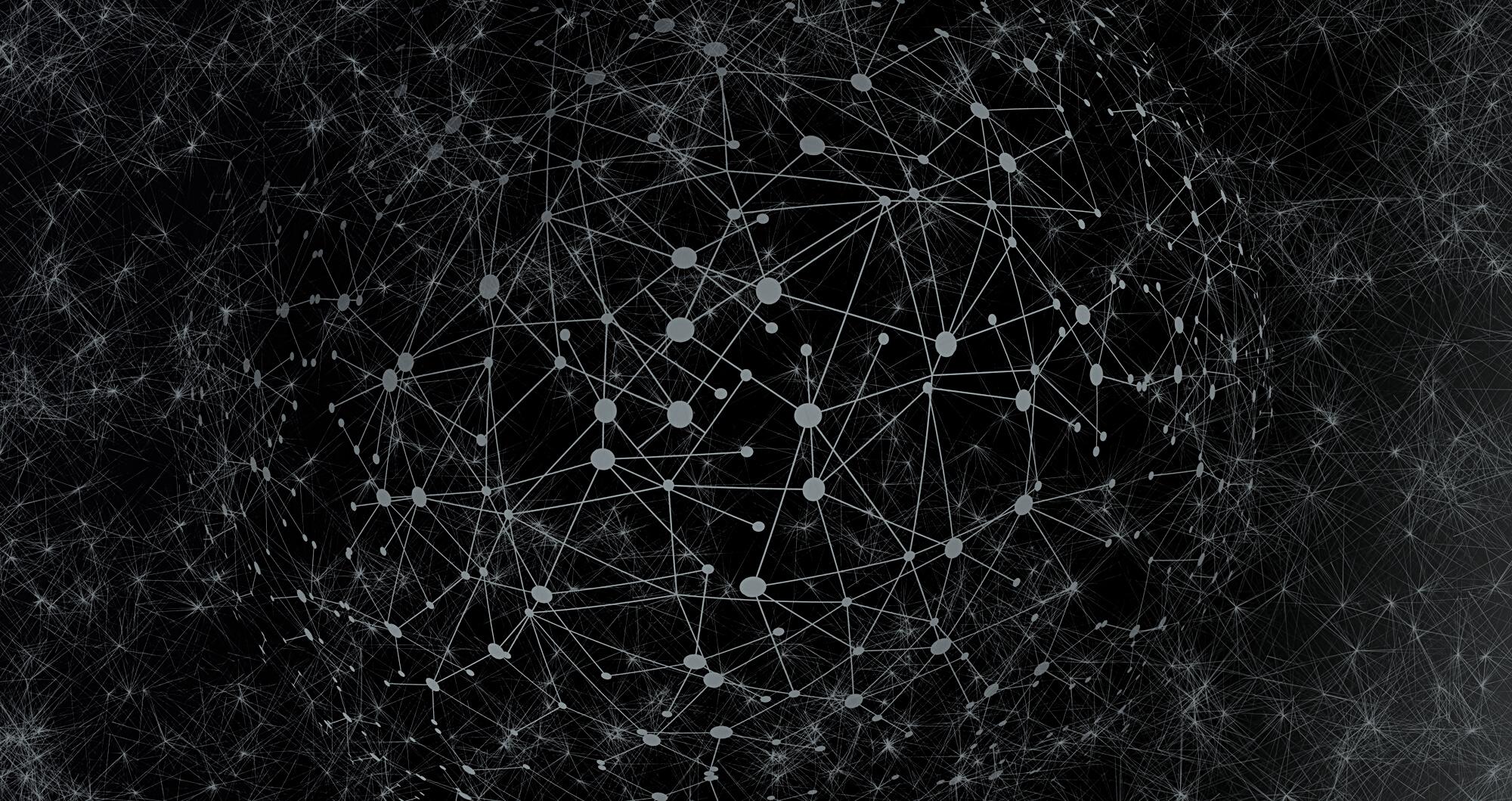ORGANIZATIONAL DECISION MAKING




Digital technologies are pushing decision-making ability to the edges of the organization, allowing businesses to adopt structures that are flatter and more reconfigurable than those they have traditionally used. When AI and other software make information transparent to all authorized decision-makers on the front lines, directly and without managerial filters, it unleashes their creative and collaborative potential instead of trapping them in endless reporting and coordination loops. It can help to create, in other words, a “permissionless corporation.”
by Rita McGrath & Ram CharanThe idea that digital technologies are fundamentally changing knowledge work is not new. We’ve been talking about the paperless office for decades. But what is less well understood is just how far technology can push decision-making to the edges of the organization, allowing businesses to adopt structures that are flatter and more reconfigurable than those they’ve traditionally used.
 by
by

 Rita McGrath & Ram Charan
Rita McGrath & Ram Charan
Modern IT enables teams of people to contribute to, observe, modify, and leverage flows of information, eliminating the need for layers of management to track progress and keep others informed. But to harness IT properly, companies need rock-ribbed discipline. Most companies suffer from “digital sprawl.” They store information in a disjointed, incompatible way.
 by Rita McGrath & Ram Charan
by Rita McGrath & Ram Charan


 by Rita McGrath & Ram Charan
by Rita McGrath & Ram Charan

Another way digital technologies are changing how work is done is with software that simulates real-life situations.


Consider the 112-year-old Kone Corporation, which makes elevators, escalators, moving walkways, and automatic doors. About 30% of its revenue comes from providing maintenance services. A company analysis found that something seemingly simple—such as locating a problem elevator on a large campus—could take as much as half the time required for a service call.
Kone solved this problem with the use of simulated sites created in a Building Information Modeling (BIM) system.
by Rita McGrath & Ram CharanPeople can operate without coordinating functions such as committees, stage gates, and approvals only if they are clear on the context for their work—if they see how their work fits into a larger whole, as well as how their activities are aligned with those of other teams.

In traditional structures, solving a customer problem often calls for coordinating activities among multiple parts of an organization. Things can move only as fast as the slowest party involved. But imagine creating teams that contain all the needed capabilities and have clear processes for getting help from outside the team—such as support from compliance, legal, and HR. Customer issues would no longer be splintered among different work groups, and everybody could focus on identifying, developing, and implementing the best solution.
 by Rita McGrath & Ram Charan
by Rita McGrath & Ram Charan


Achieving asynchronous work practices, the final step before reaching the theoretically ideal work organization identified by Automattic cofounder Matt Mullenweg, requires companies to make the following shifts in technologies and work processes
 by Rita McGrath & Ram Charan
by Rita McGrath & Ram Charan
Re-architecting a company to capitalize on digital breakthroughs requires determined leadership. The change will be an enormous disruption in a social system. Those who enjoyed the perks of the former environment are likely to resist. .
 by Rita McGrath & Ram Charan
by Rita McGrath & Ram Charan

The flatter hierarchies of revamped organizations will require a new definition of what career progress is.by Rita McGrath & Ram Charan
WHEN PEOPLE SAW THAT LEADERS WEREN’T GOING TO BE PROMOTED ON TH OLD METRICS OF COMMAND-ANDCONTROL, THEY BEGAN T TRUST THAT THE NEW SYSTEM WAS THERE TO STAY.

 by Rita McGrath & Ram Charan
by Rita McGrath & Ram Charan
In the permissionless corporation, fast, inexpensive experimentation takes over from slow, involved analysis, enabling organizations to pounce on opportunities as they arise. And at a time when speed and adaptability, rather than predictability and consistency, are the main sources of competitive advantage in a product-centric world, a model that allows people close to the customer to make as many decisions as possible is valuable. Companies with three or four layers, faster problem-solving, and a permissionless mindset will outcompete traditional players with 10 layers and slow decision-making processes. In fact, though it may take time, we anticipate that organizations that operate in the traditional way will eventually cease to exist.
by Rita McGrath & Ram Charan
is a Professor at Columbia Business School and a globally recognized expert on strategy in uncertain and volatile environments. She is the author of The End of Competitive Advantage (Harvard Business Review Press), and most recently, Seeing Around Corners (Houghton Mifflin Harcourt).

advises the CEOs and boards of some of the world’s biggest corporations and serves on seven boards. He is the author or coauthor of many books, including the best-selling Execution: The Discipline of Getting Things Done (with Larry Bossidy) (Crown Archetype 2002) and Talent Wins: The New Playbook for Putting People First (Harvard Business Review Press 2018).
https://thoughtsparks.substack.com/

